Some want YouTube to be banned for minors because of this

Roughly a month before Christmas last year, Australian kids and teens under 16 were "happy" to learn that their government decided to ban them from Snapchat, Facebook, Instagram, TikTok, and other social media platforms.
Companies that fail to enforce strict age restrictions could face significant fines. However, YouTube, which is owned by Alphabet, will remain accessible to all ages. The government considers it an educational tool rather than a core social media platform.
So, YouTube has been given an exemption. Is that a good thing, though? Reuters reports that some believe this decision exposes young users to addictive and harmful content.
Originally, the ban was meant to include YouTube. However, after discussions with company executives and content creators, the government decided to allow continued access. A spokesperson for Communications Minister Michelle Rowland stated that YouTube is used for education and information by children, parents, and schools.
These researchers believe YouTube hosts the same kind of dangerous content as the banned platforms. Lise Waldek, a lecturer at Macquarie University, noted that YouTube plays a role in spreading extremist, violent, and inappropriate content. She also pointed out that its algorithm delivers highly addictive videos to young users.
Although experts agree that all social media platforms struggle with harmful content, they question why YouTube, the most popular platform, was exempted.
A YouTube spokesperson responded that the platform promotes quality content that encourages respect and limits recommendations of potentially harmful material. The company has also stated that it has strengthened its moderation policies and improved its automated detection systems.
It's paramount to not let kids absorb harmful content; but it's as important to know exactly who decides what "hate speech" is.
Companies that fail to enforce strict age restrictions could face significant fines. However, YouTube, which is owned by Alphabet, will remain accessible to all ages. The government considers it an educational tool rather than a core social media platform.
Originally, the ban was meant to include YouTube. However, after discussions with company executives and content creators, the government decided to allow continued access. A spokesperson for Communications Minister Michelle Rowland stated that YouTube is used for education and information by children, parents, and schools.
The report by Reuters goes the other way and cites six experts who argue that excluding YouTube weakens the law's purpose of protecting children from harmful content. Studies indicate that YouTube is the most widely used social media site among Australian teenagers, with 90% of those aged 12-17 using it.
These researchers believe YouTube hosts the same kind of dangerous content as the banned platforms. Lise Waldek, a lecturer at Macquarie University, noted that YouTube plays a role in spreading extremist, violent, and inappropriate content. She also pointed out that its algorithm delivers highly addictive videos to young users.
Although experts agree that all social media platforms struggle with harmful content, they question why YouTube, the most popular platform, was exempted.
A YouTube spokesperson responded that the platform promotes quality content that encourages respect and limits recommendations of potentially harmful material. The company has also stated that it has strengthened its moderation policies and improved its automated detection systems.

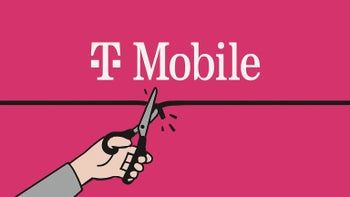
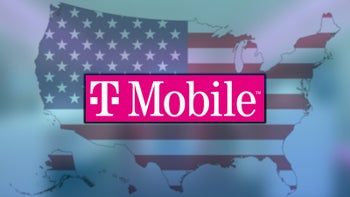


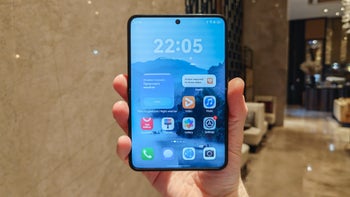
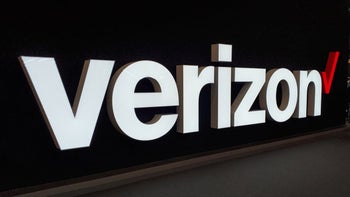
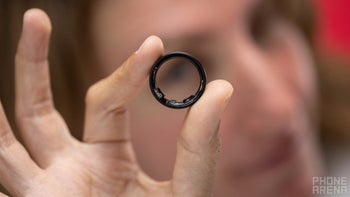
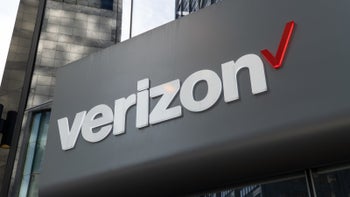

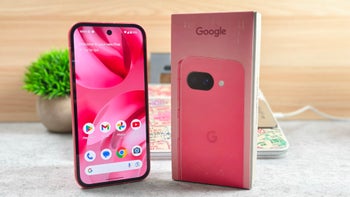
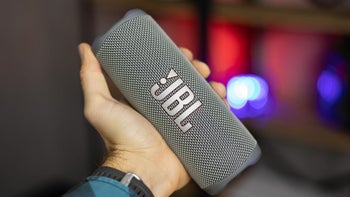
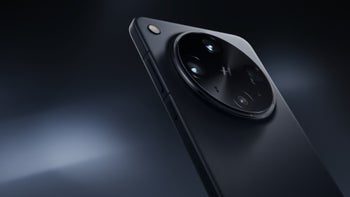
Things that are NOT allowed: